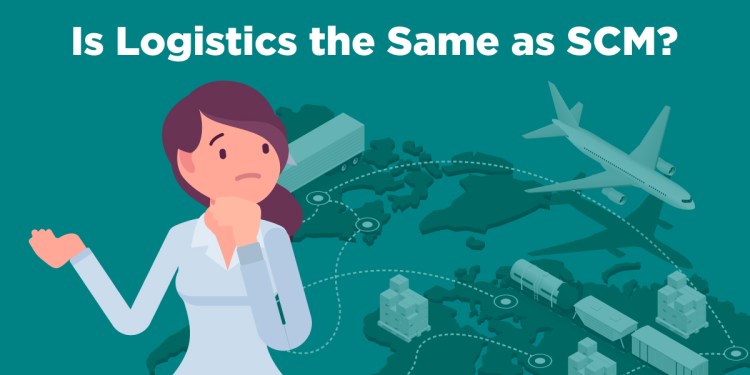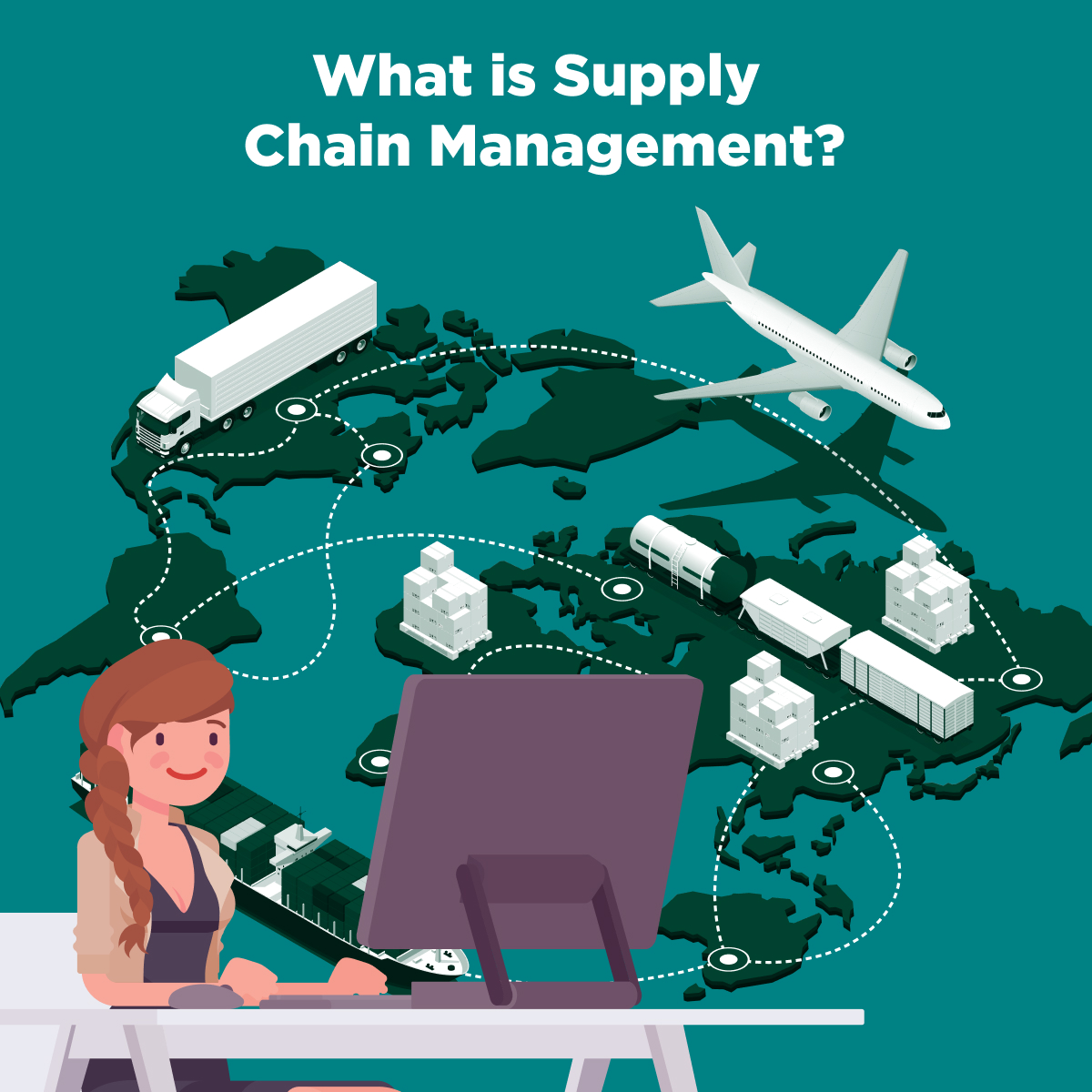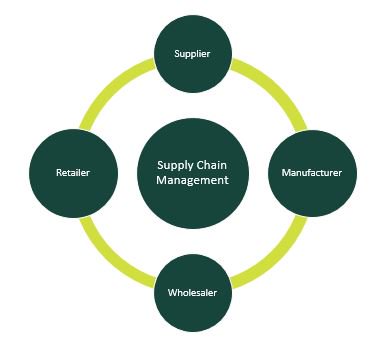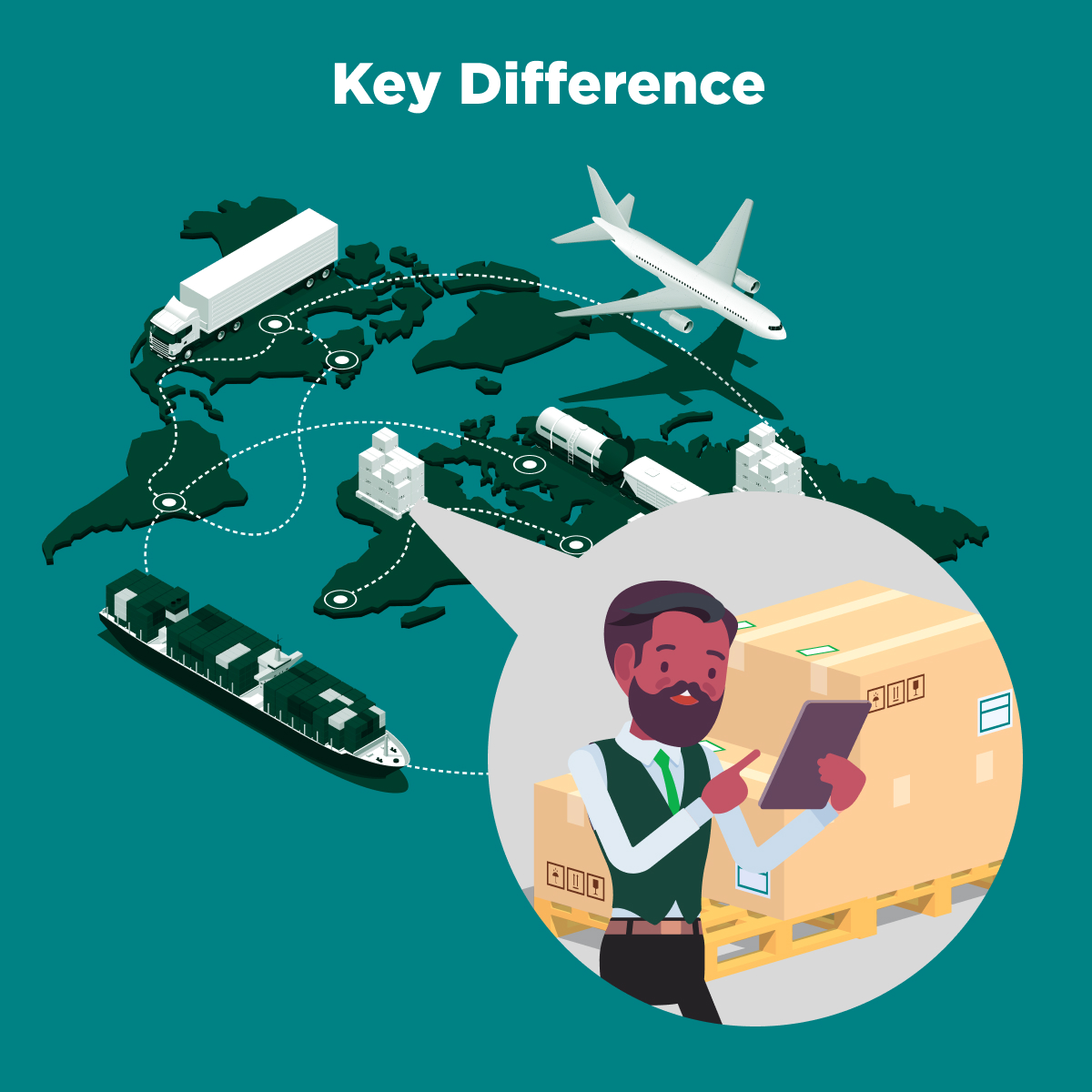Is Logistics the Same as Supply Chain Management?
Last Updated March 28, 2024

The terms logistics and supply chain management are sometimes used interchangeably. Some say there is no difference between the two terms, that supply chain management is the “new” logistics.
To compound this, what is considered supply chain management in the United States is more commonly known as logistics management in Europe, according to the blog for PLS Logistics Services, a logistics management firm in Pennsylvania.
When the question was posed in an Inbound Logistics article, the answers varied based on the functions of a supply chain (or logistics) professional handled. Some thoughts from their readers:
- “There isn’t a difference today,” said Wayne Johnson of American Gypsum.
- “Supply chain management incorporates the field of logistics and logistics is a number of sub-processes within SCM,” said Michael Kirby of National Distribution Centers.
- “A ‘supply chain management’ company is generally a third-party operator managing the total overall movement of product whether inbound or outbound,” said William Behrens of Associated Transport Systems, Inc.
Purchasing, materials handling, logistics, transportation, inventory control, and supply chain management have continued to evolve, causing many of these functional areas to intersect with one another. This intersection has resulted in blurred definitions for some of these terms such as logistics and supply chain management.

While these two terms do have some similarities they are, in fact, different concepts with different meanings. Supply chain management is an overarching concept that links together multiple processes to achieve competitive advantage, while logistics refers to the movement, storage, and flow of goods, services and information within the overall supply chain.
What is Supply Chain Management?

Supply chain management, as explained by Michigan State University professors in the text Supply Chain Logistics Management, involves collaboration between firms to connect suppliers, customers, and other partners as a means of boosting efficiency and producing value for the end consumer. The textbook considers supply chain management activities as strategic decisions, and set up “the operational framework within which logistics is performed.”

It is the efforts of a number of organizations working together as a supply chain that helps manage the flow of raw materials and ensure the finished goods provide value. Supply chain managers work across multiple functions and companies to ensure that a finished product not only gets to the end consumer but meets all requirements as well. Logistics is just one small part of the larger, all-encompassing supply chain network.
What is Logistics?

The Council of Supply Chain Management Professionals defines logistics as “part of the supply chain process that plans, implements and controls the efficient, effective forward and reverses flow and storage of goods, services and related information between the point of origin and the point of consumption in order to meet customer’s requirements.”
In Supply Chain Logistics Management, Michigan State University’s professors define logistics as activities – transportation, warehousing, packaging and more – that move and position inventory and acknowledge its role in terms of synchronizing the supply chain.
The objective behind logistics is to make sure the customer receives the desired product at the right time and place with the right quality and price. This process can be divided into two subcategories: inbound logistics and outbound logistics.
Inbound logistics covers the activities concerned with obtaining materials and then handling, storing and transporting them. Outbound logistics covers the activities concerned with the collection, maintenance and distribution to the customer. Other activities, such as packing and fulfilling orders, warehousing, managing stock and maintaining the equilibrium between supply and demand also factor into logistics.
Key Differences

It is important to remember that while the terms should not be used interchangeably, they do supplement each other. One process cannot exist without the other. Here are some key differences between the two terms that will help you keep from blurring the lines between them.
- Supply chain management is a way to link major business processes within and across companies into a high-performance business model that drives competitive advantage.
- Logistics refers to the movement, storage, and flow of goods, services and information inside and outside the organization.
- The main focus of supply chain is a competitive advantage, while the main focus of logistics is meeting customer requirements.
- Logistics is a term that has been around for a long time, emerging from its military roots, while supply chain management is a relatively new term.
- Logistics is an activity within the supply chain.
See how MSU’s Supply Chain Management Certificate Programs can help to strengthen your procurement skills and knowledge.
*National long-term projections may not reflect local and/or short-term economic or job conditions and do not guarantee actual job growth. Information provided is not intended to represent a complete list of hiring companies or job titles, and degree program options do not guarantee career or salary outcomes. Students should conduct independent research on specific employment information.

